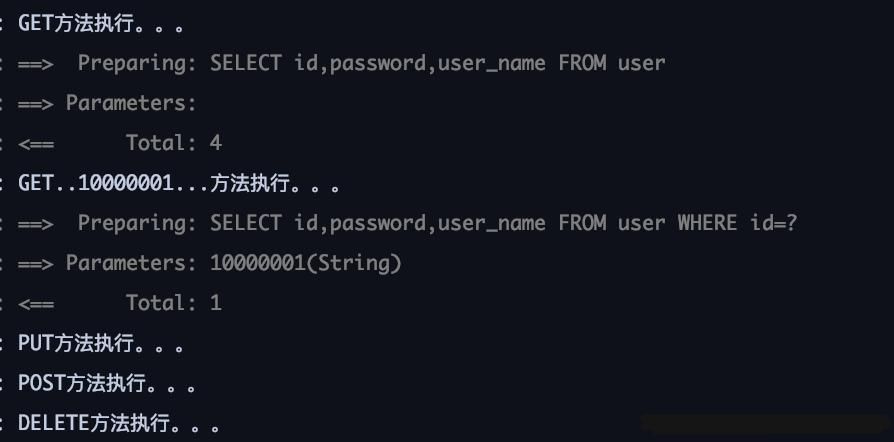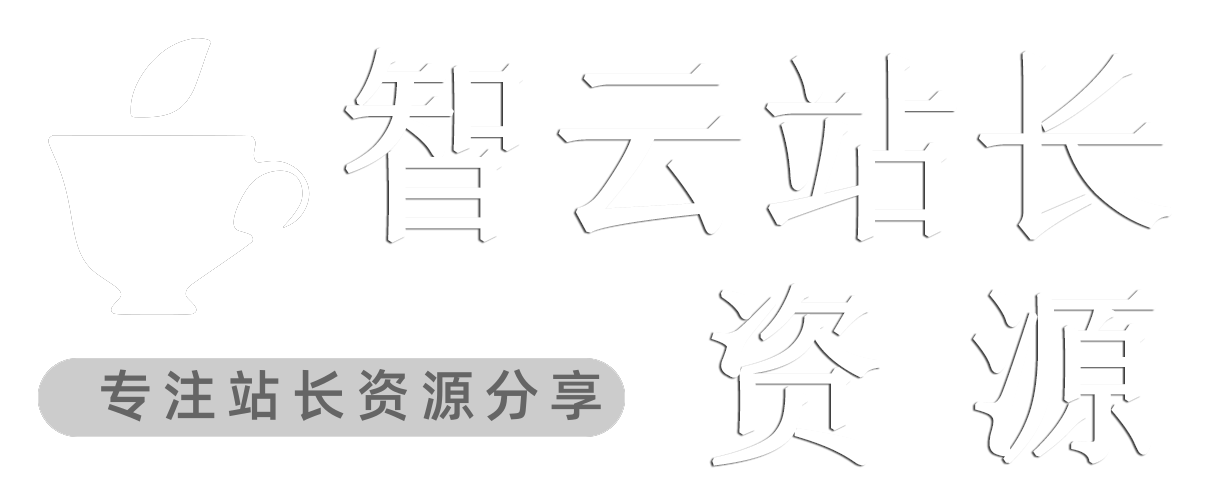
Hello,大家好呀,我是你们的Jessica老哥,不知不觉,到了3月份了,又是一年一度的金三银四,老哥和大家一样,想换工作,于是呢,更新资料,投简历。试想着把自己的劳动价值卖的更高一点。
没想到,今年好像行情有点不太对劲呀,往年跟HR打个招呼,人家还会要你简历,可现在呢,人家是已读不回,硬气了。也许是老哥的学历低,再加上大环境不好和学编程的人越来越多,不好找工作咯。算了,算了,老哥继续苟着吧。
这次给大家带来的是 RestTemplate 请求https接口,我们都知道,https接口一般是需要证书才能访问的,但是我们可以采取一些特殊的手段,跳过证书验证。下面,老哥讲下具体的代码
1、首先,配置一个 RestTemplate的bean,说明:RestTemplate是spring-web自带的,我们不需要额外引入什么包
java">@Configuration
public class RestTemplateConfig {
/**
* 构建支持忽略自签名证书的Restemplate的bean
* @return 支持发起https请求的RestTemplate对象
* @throws KeyStoreException 证书异常
* @throws NoSuchAlgorithmException 加密算法不可用异常
* @throws KeyManagementException 密钥管理异常
*/
@Bean("httpsTemplate")
public RestTemplate createHttpsRestTemplate()
throws KeyStoreException, NoSuchAlgorithmException, KeyManagementException {
TrustStrategy a***eptingTrustStrategy = (x509Certificates, authType) -> true;
SSLContext sslContext = SSLContexts.custom()
.loadTrustMaterial(null, a***eptingTrustStrategy)
.build();
SSLConnectionSocketFactory sslFactory = new SSLConnectionSocketFactory(
sslContext, new NoopHostnameVerifier());
CloseableHttpClient httpClient = HttpClients.custom()
.setSSLSocketFactory(sslFactory)
.build();
Http***ponentsClientHttpRequestFactory factory =
new Http***ponentsClientHttpRequestFactory();
factory.setConnectTimeout(3600000);
factory.setReadTimeout(3600000);
factory.setHttpClient(httpClient);
return new RestTemplate(factory);
}
}
2、然后,配置一下 RestTemplate 工具类
@Slf4j
@***ponent
public class RestTemplateUtil {
private static RestTemplate restTemplate;
@Autowired
private RestTemplate httpsTemplate;
@PostConstruct
public void afterPropertiesSet() {
RestTemplateUtil.restTemplate = httpsTemplate;
}
/**
* Get 请求 不带参数 没有请求头 没有请求参数 没有请求体
* @param url
* @return
*/
public static String sendSimple(String url) {
return sendSimple(url, null, HttpMethod.GET, null,new HttpHeaders());
}
/**
* Get 请求 url带请求参数
* @param url
* @param urlParam
* @return
*/
public static String sendSimple(String url, Map<String, ?> urlParam) {
return sendSimple(url, urlParam, HttpMethod.GET);
}
/**
* Get 请求 url带请求参数 请求头携带参数
* @param url
* @param urlParam
* @param headers
* @return
*/
public static String sendSimple(String url, Map<String, ?> urlParam, HttpHeaders headers) {
return sendSimple(url, urlParam, HttpMethod.GET,null, headers);
}
public static String sendSimple(String url, Map<String, ?> urlParam, HttpMethod method) {
return sendSimple(url, urlParam, method, null,new HttpHeaders());
}
/**
* Get发送简单请求,不含body
*
* @param url url
* @param urlParam 用?和&拼接在url后面的参数
* @param method 请求方式
* @param headers 请求头
* @return body
*/
public static String sendSimple(String url, Map<String, ?> urlParam, HttpMethod method, Map<String, ?> header,HttpHeaders headers) {
if (urlParam == null) {
urlParam = new HashMap<>(0);
}
// url参数拼接
url = handleUrlParam(url, urlParam);
//填充属性到请求头
fillParamsToHttpHeader(header,headers);
HttpEntity<MultiValueMap<String, ?>> requestEntity = new HttpEntity<>(null, headers);
log.info("请求地址为: "+url);
return restTemplate.exchange(url, method, requestEntity, String.class, urlParam).getBody();
}
/**
* 表单提交,没有请求头和url拼接,有请求体
* @param url
* @param body
* @return
*/
public static String sendForm(String url, Map<String, Object> body) {
return sendForm(url, null, body, HttpMethod.POST, new HttpHeaders());
}
/**
* 表单提交,有url拼接和请求体
* @param url
* @param body
* @return
*/
public static String sendForm(String url, Map<String, ?> urlParam, Map<String, Object> body) {
return sendForm(url, urlParam, body, HttpMethod.POST, new HttpHeaders());
}
/**
* 表单提交,有url拼接和请求头、请求体
* @param url
* @param urlParam
* @param header
* @param body
* @return
*/
public static String sendForm(String url, Map<String, ?> urlParam,Map<String, ?> header, Map<String, Object> body) {
return sendForm(url, urlParam, body, HttpMethod.POST, new HttpHeaders());
}
/**
* 表单提交,有请求头和请求体 指定请求方式
* @param url
* @param urlParam
* @param body
* @param method
* @return
*/
public static String sendForm(String url, Map<String, ?> urlParam, Map<String, Object> body, HttpMethod method) {
return sendForm(url, urlParam, body, method, new HttpHeaders());
}
public static String sendForm(String url,Map<String, ?> header, Map<String, Object> body,
HttpMethod method, HttpHeaders headers) {
headers.setContentType(MediaType.APPLICATION_FORM_URLENCODED);
return send(url, header, body, method, headers,null);
}
public static String sendForm(String url, Map<String, ?> header,Map<String, Object> body,
HttpMethod method, HttpHeaders headers, Map<String, ?> urlParam) {
headers.setContentType(MediaType.APPLICATION_FORM_URLENCODED);
return send(url, header,body, method, headers,urlParam);
}
public static String sendJson(String url, Map<String, Object> body) {
return sendJson(url, null, body, HttpMethod.POST, new HttpHeaders());
}
public static String sendJson(String url, Map<String, ?> urlParam, Map<String, Object> body) {
return sendJson(url, urlParam, body, HttpMethod.POST, new HttpHeaders());
}
public static String sendJson(String url, Map<String, ?> head, Map<String, Object> body, HttpMethod method,Map<String, ?> urlParam) {
return sendJson(url, head, body, method, new HttpHeaders(),urlParam);
}
public static String sendJson(String url, Map<String, ?> head, Map<String, Object> body,
HttpMethod method, HttpHeaders headers,Map<String, ?> urlParam) {
headers.setContentType(MediaType.APPLICATION_JSON);
return send(url, head, body, method, headers,urlParam);
}
/**
* 复杂请求发送
*
* @param url url
* @param head 请求头
* @param body 请求体
* @param method 请求方式
* @param headers 实际请求头
* @param urlParam 用?和&拼接在url后面的参数
*
*/
public static String send(String url, Map<String, ?> head,Map<String, Object> body, HttpMethod method,
HttpHeaders headers, Map<String, ?> urlParam) {
try {
if (urlParam == null) {
urlParam = new HashMap<>(16);
}
// Get 请求 url参数拼接
if (method.equals(HttpMethod.GET)){
url = handleUrlParam(url, urlParam);
}
//填充参数到Http请求头
fillParamsToHttpHeader(head,headers);
log.info("请求地址为: "+url);
if (Objects.equals(headers.getContentType(), MediaType.APPLICATION_JSON)) {
String str=null;
if (Objects.isNull(body)){
str=new JSONObject().toJSONString();
}else {
JSONObject jsonObject = new JSONObject();
jsonObject.putAll(body);
str=jsonObject.toJSONString();
}
HttpEntity<String> requestEntity = new HttpEntity<>(str,headers);
return restTemplate.postForEntity(url,requestEntity,String.class).getBody();
}
if (Objects.equals(headers.getContentType(), MediaType.APPLICATION_FORM_URLENCODED)) {
// body参数处理
MultiValueMap<String,String> param =new LinkedMultiValueMap<>();
for (Map.Entry<String, ?> next : body.entrySet()) {
param.add(next.getKey(), (String) next.getValue());
}
HttpEntity <MultiValueMap<String,String>> requestEntity = new HttpEntity<>(param, headers);
return restTemplate.exchange(url, method, requestEntity, String.class, urlParam).getBody();
}
}catch (Exception e){
log.error(e.getMessage());
e.printStackTrace();
}
return null;
}
/**
* url参数拼接
*
* @param url
* @param urlParam
* @return
*/
private static String handleUrlParam(String url, Map<String, ?> urlParam) {
if (urlParam == null || urlParam.isEmpty()) {
return url;
}
Iterator<? extends Map.Entry<String, ?>> iterator = urlParam.entrySet().iterator();
StringBuilder urlBuilder = new StringBuilder(url);
urlBuilder.append("?");
while (iterator.hasNext()) {
Map.Entry<String, ?> entry = iterator.next();
urlBuilder.append(entry.getKey()).append("=").append(entry.getValue()).append("&");
}
urlBuilder.deleteCharAt(urlBuilder.length() - 1);
return String.valueOf(urlBuilder);
}
/**
* 填充参数到请求头
*
* @param heads
* @param headers
*/
public static void fillParamsToHttpHeader(Map<String,?> heads, HttpHeaders headers) {
if (!Objects.isNull(heads)) {
Set<String> keySet = heads.keySet();
for (String s : keySet) {
headers.add(s,String.valueOf(heads.get(s)));
}
}
}
}
3、使用,只需要按照下面的模板,传递参数即可
public static void main(String[] args) {
//分别填入请求头和请求体参数即可
Map<String, Object> headerMap = new ConcurrentHashMap<>(16);
Map<String, Object> bodyMap = new ConcurrentHashMap<>(16);
String url = String.format("https://%s/test", "你的主机地址");
String jsonStr = RestTemplateUtil.sendForm(url, headerMap, bodyMap);
User user = JSONObject.parseObject(jsonStr, User.class);
System.out.println(user);
}
3A、最后,各位小伙伴,麻烦给老哥一个点赞、关注、收藏三连好吗,你的支持是老哥更新最大的动力,谢谢!

